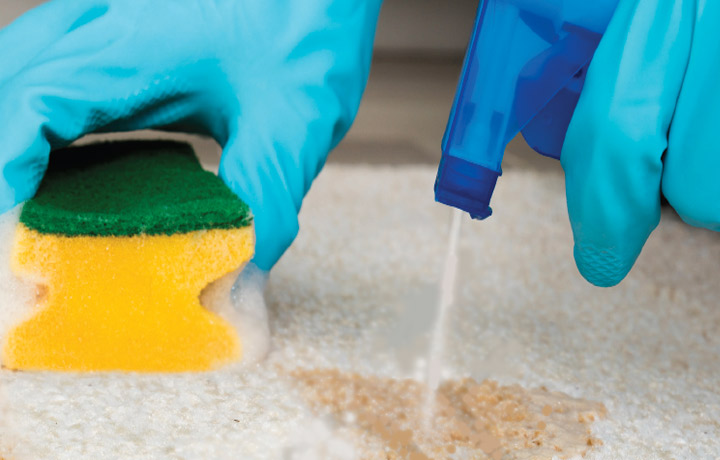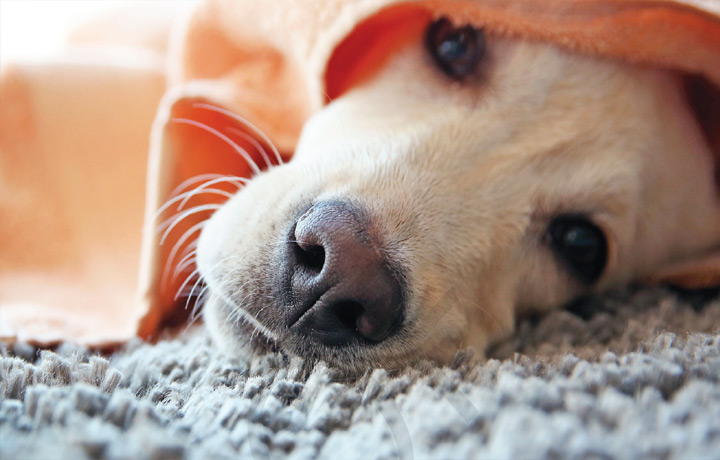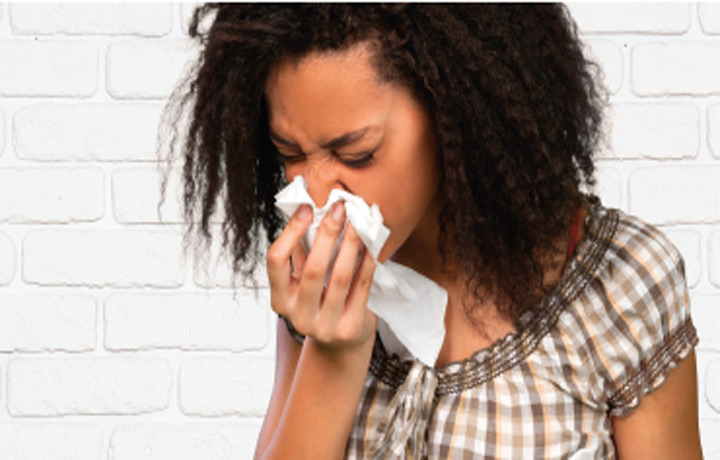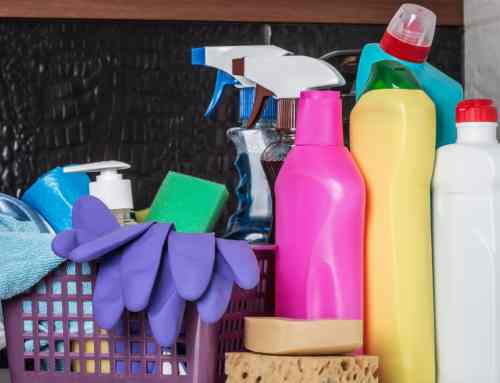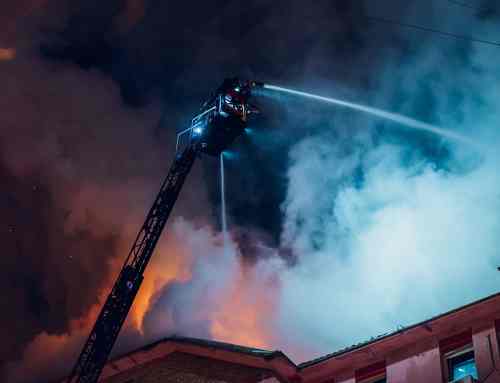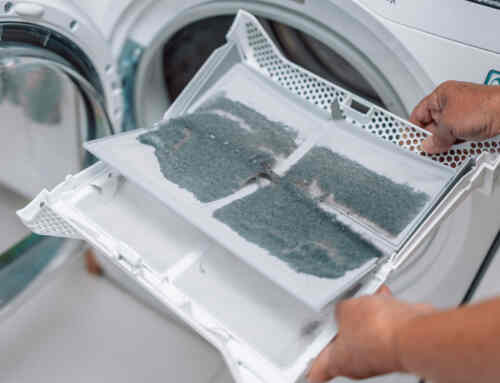Safety First During A Disaster
 If your home or business is affected by fire, flood, storm or biological contamination, your first instinct may be to minimize the damage. This is understandable, since so much of your life is tied up in the places you live and work. However, this natural reaction could prove costly or even deadly. As difficult as it may be in the heat of the moment, we must remember safety first. Some common hazards in a water or fire damage situation are slip and fall, compromised or unstable structure, electrical hazards, gas leaks and biological contamination. If your home or business should ever suffer a disaster, use the following suggestions to avoid injury, illness or worse.
If your home or business is affected by fire, flood, storm or biological contamination, your first instinct may be to minimize the damage. This is understandable, since so much of your life is tied up in the places you live and work. However, this natural reaction could prove costly or even deadly. As difficult as it may be in the heat of the moment, we must remember safety first. Some common hazards in a water or fire damage situation are slip and fall, compromised or unstable structure, electrical hazards, gas leaks and biological contamination. If your home or business should ever suffer a disaster, use the following suggestions to avoid injury, illness or worse.
What To Look Out For
Slipping and falling is the most common cause of injuries. When water enters a building from a storm, plumbing failure or fighting a fire, it presents a hazard to people walking in and around the affected areas. Walking from wet carpet onto hard surface flooring is a common example. Just a small amount of residual water on your shoes can make a hard surface floor slippery and dangerous. It is best to stay out of the affected areas if possible. If that is not an option, soak up any small puddles that you can. Walk slowly and carefully from carpet to hard floors. Post warning signs. Use absorbent mats where possible.
Electricity and water are a dangerous combination. If water enters an electrical panel, switch or outlet, electrical current can “leak” out to the surface and present a serious shock hazard. Pools of standing water are always especially dangerous.
Appliances sitting in pooled water can leak electrical current into the water. Standing in that water and touching any conductive material could result in a serious shock. Stay away from deep standing water and let the professionals deal with turning off the power.
Drywall loses its strength when it becomes wet. Saturated drywall ceilings present a major safety hazard. The ceiling may look fine and then suddenly fall without warning. If the ceiling is sagging, assume that a collapse is imminent and stay out of the area. Leave it up to the professionals to drain and remove the ceiling safely.
Water from unsanitary sources can carry biological contamination, creating a serious health risk. This is obvious with a sewage backflow, but it can also be a factor in other water sources. Water that runs over the ground, has been standing for over 48 hours or from other sources like aquariums contain a significant degree of contamination and have the potential to cause sickness or discomfort through physical contact or accidental ingestion.
Simply touching your eyes, nose or mouth could invite bacteria and some viruses to cause illness. Avoid contact with all unsanitary water. If you do contact contaminated water, wash all skin exposed to the water. If it is splashed into your eyes, repeatedly flush with water for 15 minutes and seek medical attention.
Other hazards such as gas leaks, carbon monoxide, chemicals, toxic materials such as asbestos and lead, weakened structural materials and possible exposure to mold or other pollutants could harm occupants and workers.
Your home or business is important, but not as important as your health and safety.
CLEAN PRO invests not only in technical training, but safety training as well. When you call us, you can be assured that we will handle your disaster restoration in a safe and healthy manner.
For further information about carpet, floor and rug cleaning as well as restoration services, call Clean Pro
on the Southshore at (504) 443-0009; on the Northshore at (985) 674-7778; on the Westbank at (504) 394-1116; in Baton Rouge at (225) 389-0202; or toll-free at (800) 377-9597. Email inquiries to service@cleanprocarpet.com.


